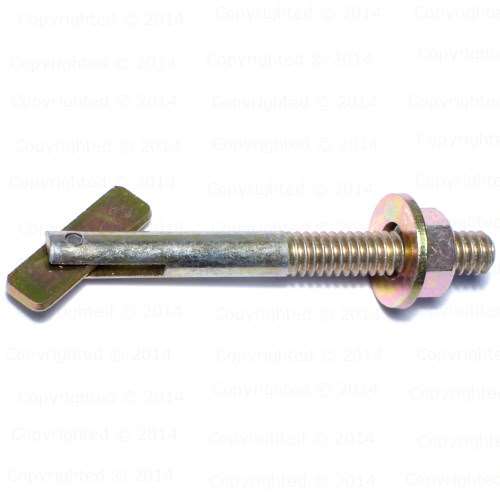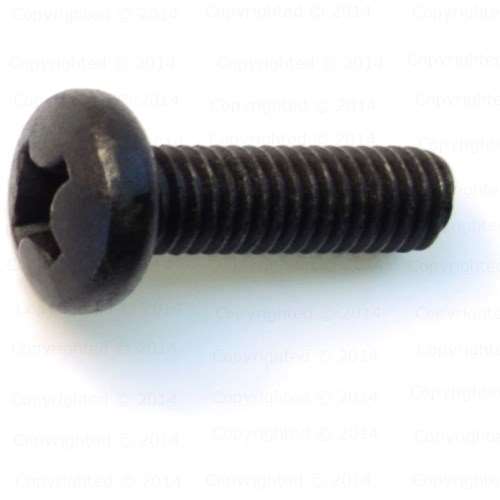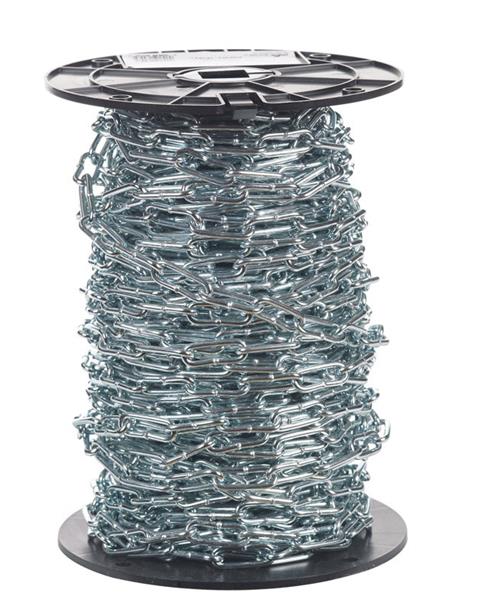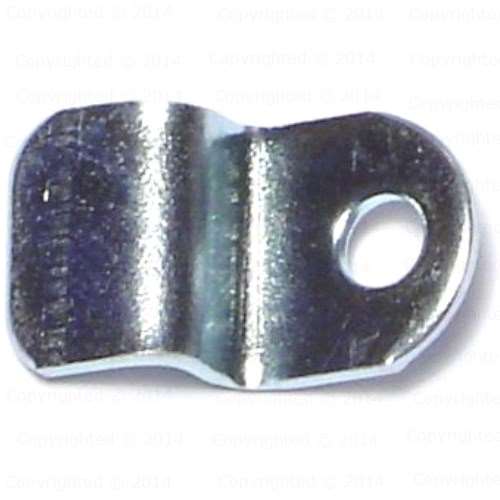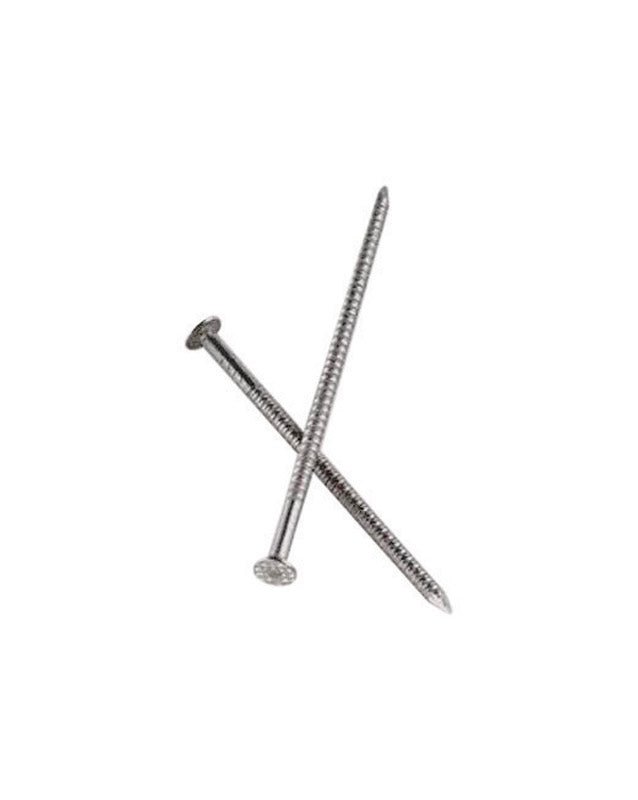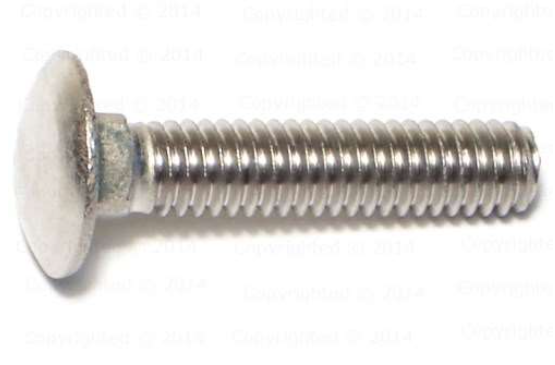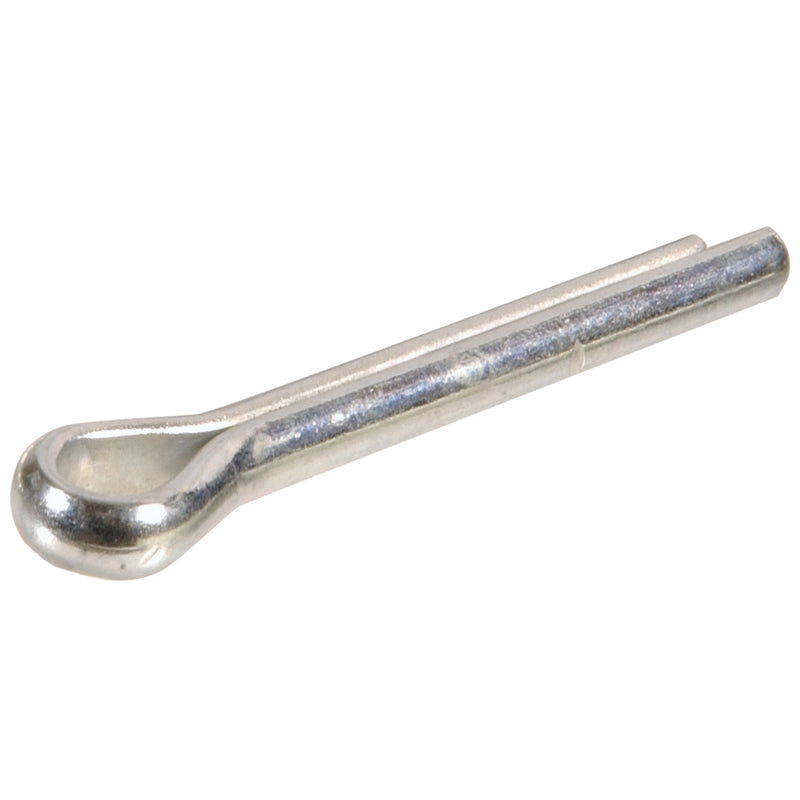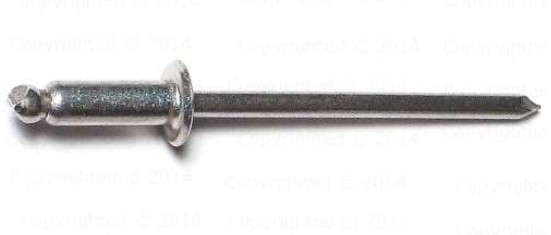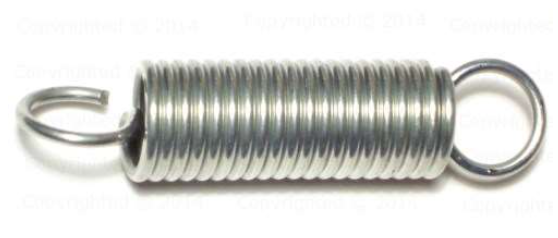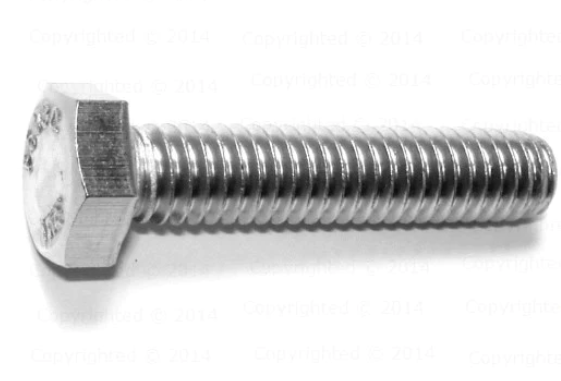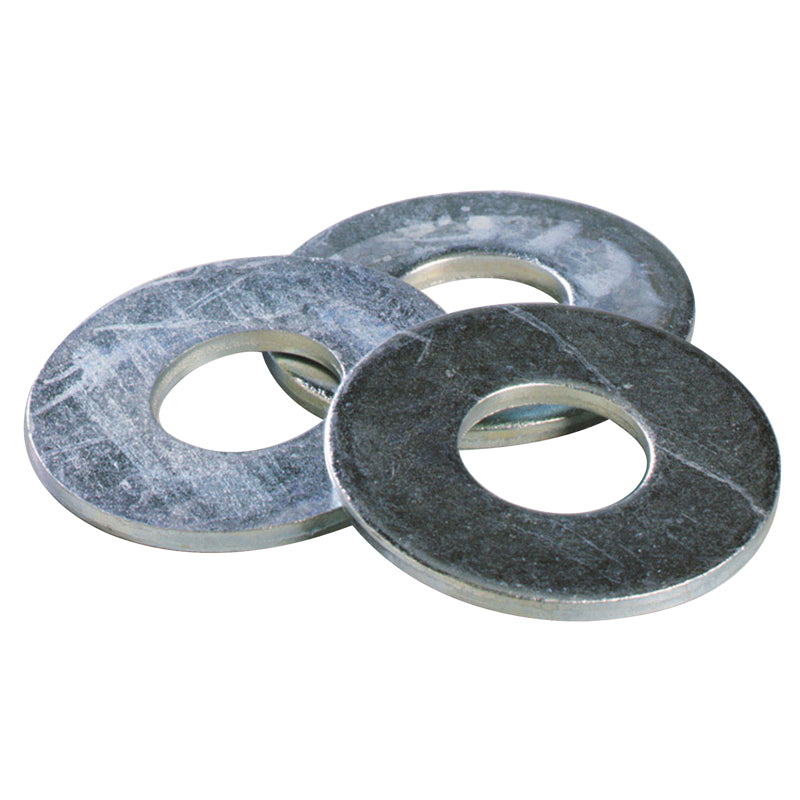When you're selecting fasteners for construction, it's crucial to consider the phenomenon known as galvanic reaction. This reaction occurs when two different metals come into contact and, in the presence of an electrolyte like rainwater, create an electrochemical process. This can result in one metal corroding more quickly than normal.
Why is this a concern?
- Corrosion and Wear: If incompatible metals are used together, it can lead to accelerated corrosion. This isn't just about unsightly discoloration—it can compromise the integrity of the structure.
- Structural Integrity: Beyond aesthetics, unchecked galvanic reactions can lead to significant structural issues. Over time, the weakened metal may fail, putting the entire construction at risk.
- Indirect Contact Issues: It's important to note that direct contact isn't the only concern. Even in cases where metals aren’t touching, problems might arise if rainwater or moisture carries ions from one metal to another.
To mitigate these risks:
- Select Compatible Materials: Use a galvanic series chart to identify metals that are close in corrosion potential. Selecting metals with similar properties can significantly reduce the risk of galvanic reaction.
- Consider Separators: When dissimilar metals must be used, consider physical barriers or coatings that prevent direct contact and limit exposure to electrolytes.
- Plan for Drainage: Ensure that water runoff from reactive metals doesn’t travel to more vulnerable materials.
By carefully choosing fasteners with galvanic potential in mind, you can protect both the longevity and safety of your construction projects. This foresight not only ensures durability but also reduces long-term maintenance costs.

